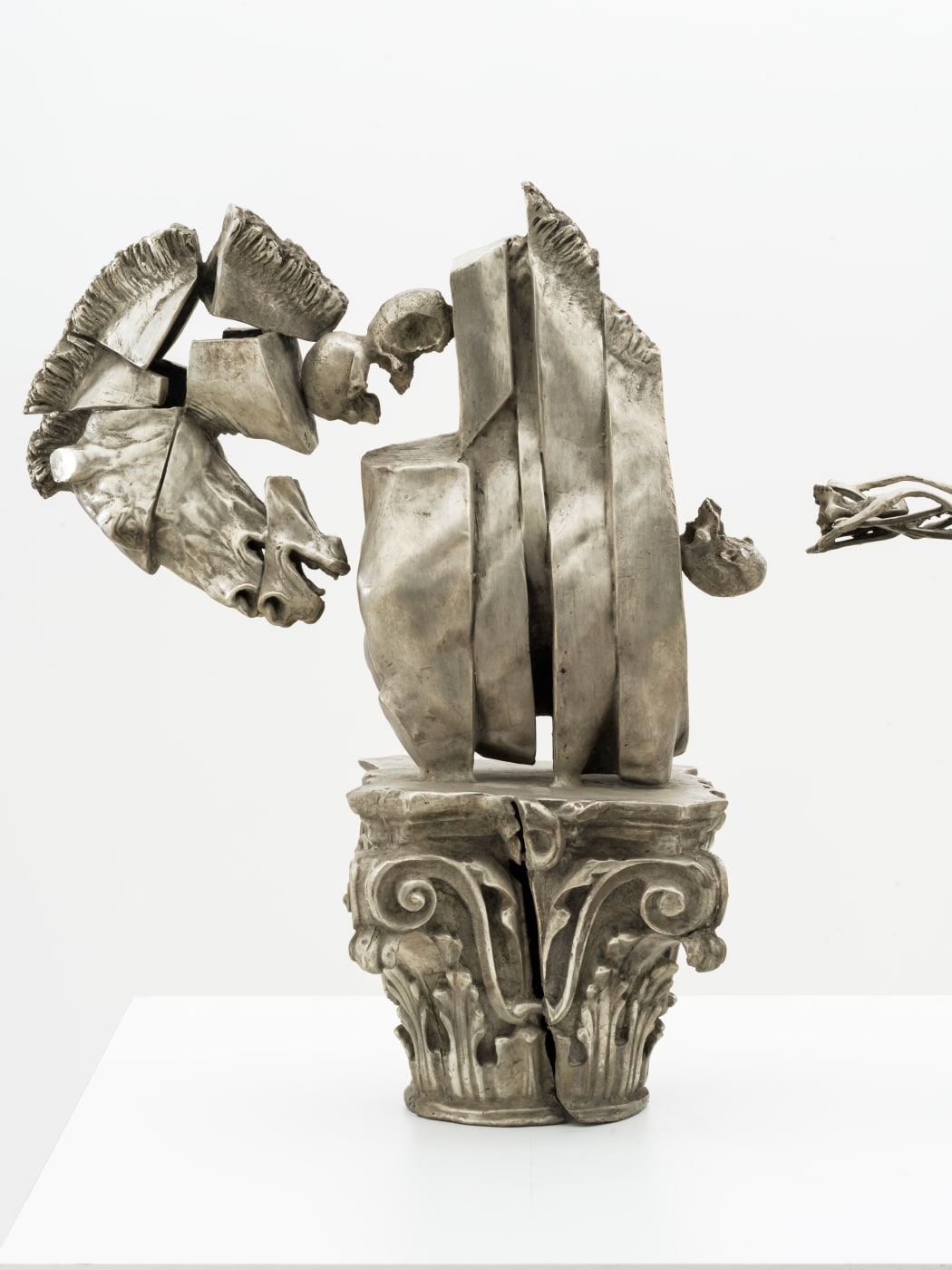
If the journey begins where human certainties cease - says a passage from the essay Altrove by the anthropologist Franz Michiel - from prehistory to today one of the aspirations of art has always It was the search for what completes our shortcomings and closes the circle: some tension towards harmony, like an ouroboros biting its tail, a universal energy that renews and consumes itself without interruption.
And it is also true that the horse, one of the privileged symbols of the history of art, in classical Greek literature and art takes upon itself, thanks to its innate pride, the reassuring idea of a haven, as in the Odyssey, a of the most important texts of antiquity as well as an example of travel par excellence.
The horse in the ancient world
The horse in the ancient world was a polar star, a constant of strength, majesty, usefulness, practicality, but also beauty, harmony and tension. The first depictions of the horse are lost in the mists of time. We already find examples of this in graffiti and prehistoric vase and wall paintings, such as in the Lescaux Cave, in France: in fact, already over 10,000 years ago, man recognized a primary role in this still wild animal. If the horse had already become a fundamental means of transport since the times of the Phoenicians and the Egyptians, it was only in the period of classical Greece that the first more anatomically reasoned depictions appeared, precisely now in which the animal acquired considerable importance not only for war uses, but also in the social and everyday sphere, in the polis itself. Just think of the role entrusted to the steed by epic literature: the legendary and ingenious expedient of the Trojan Horse, devised by the Greeks to penetrate the city, in the epic battle narrated by Virgil in the Aeneid, a background to the development of the Odyssey and the vicissitudes of Ulysses. For the rest, it is precisely in the classical Greek artistic iconography, in the so-called black-figure amphorae of the Attic period, now kept in the Louvre Museum in Paris, that the image of the horse emerges as an expression of sinuous forms, with a robust body and long-limbed legs. Compared to classical Greece, in Roman art the anatomical and physiognomic vision of the horse becomes more real, becoming a metaphor to underline the spirit of the animal, strong and conqueror.
The figure of the horse here is not secondary but an integral part of the narrative: the bronze statuary creates horses pawing the battlefield, with a refinement of manufacturing techniques of great ingenuity and refinement. The Romans considered the horse not only indispensable in transport, commercial and war activities, but also by virtue of its qualities as a faithful ally. And it is precisely for this reason that a new artistic genre, imperial portraiture, is established in Rome: emperors, more and more often, are immortalized on horseback in monumental bronzes and marbles, to underline their aura of royalty and power. One of the most interesting and significant examples is the Equestrian monument to Marcus Aurelius, formerly in Piazza del Campidoglio in Rome and now kept in the Capitoline Museums, which will be, centuries later, the fulcrum around which Michelangelo Buonarroti himself will structure the idea of space on a human scale.

